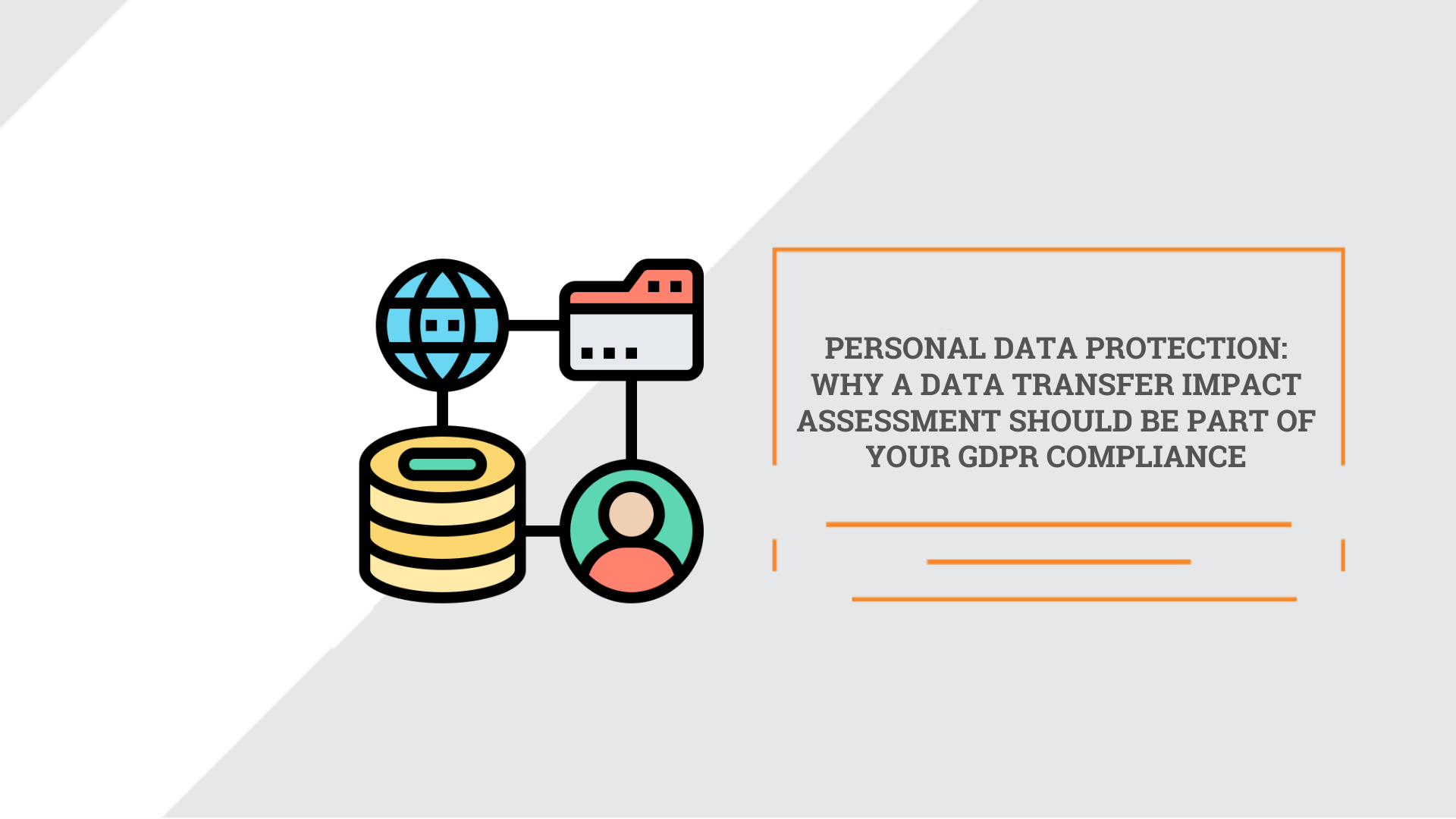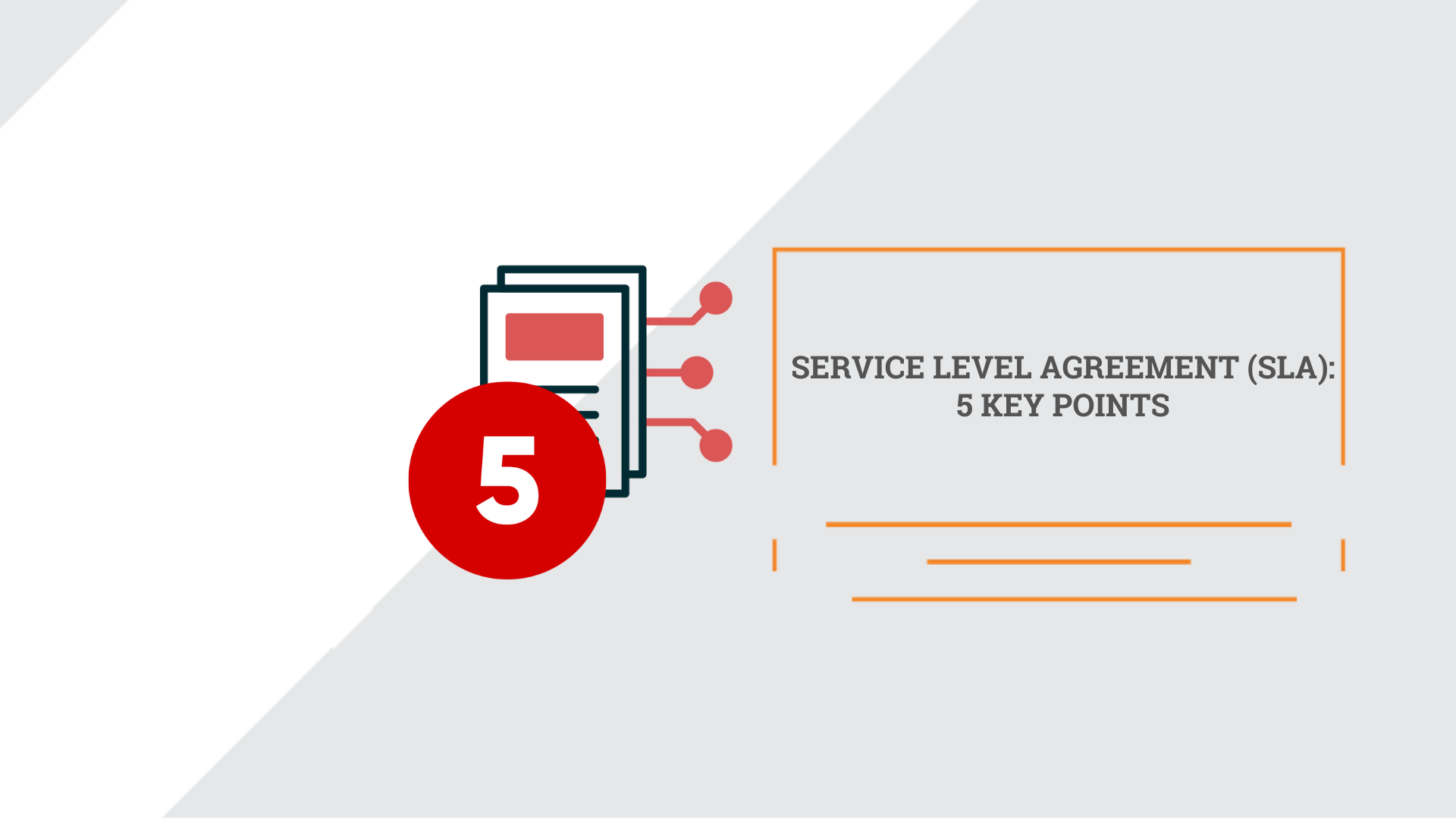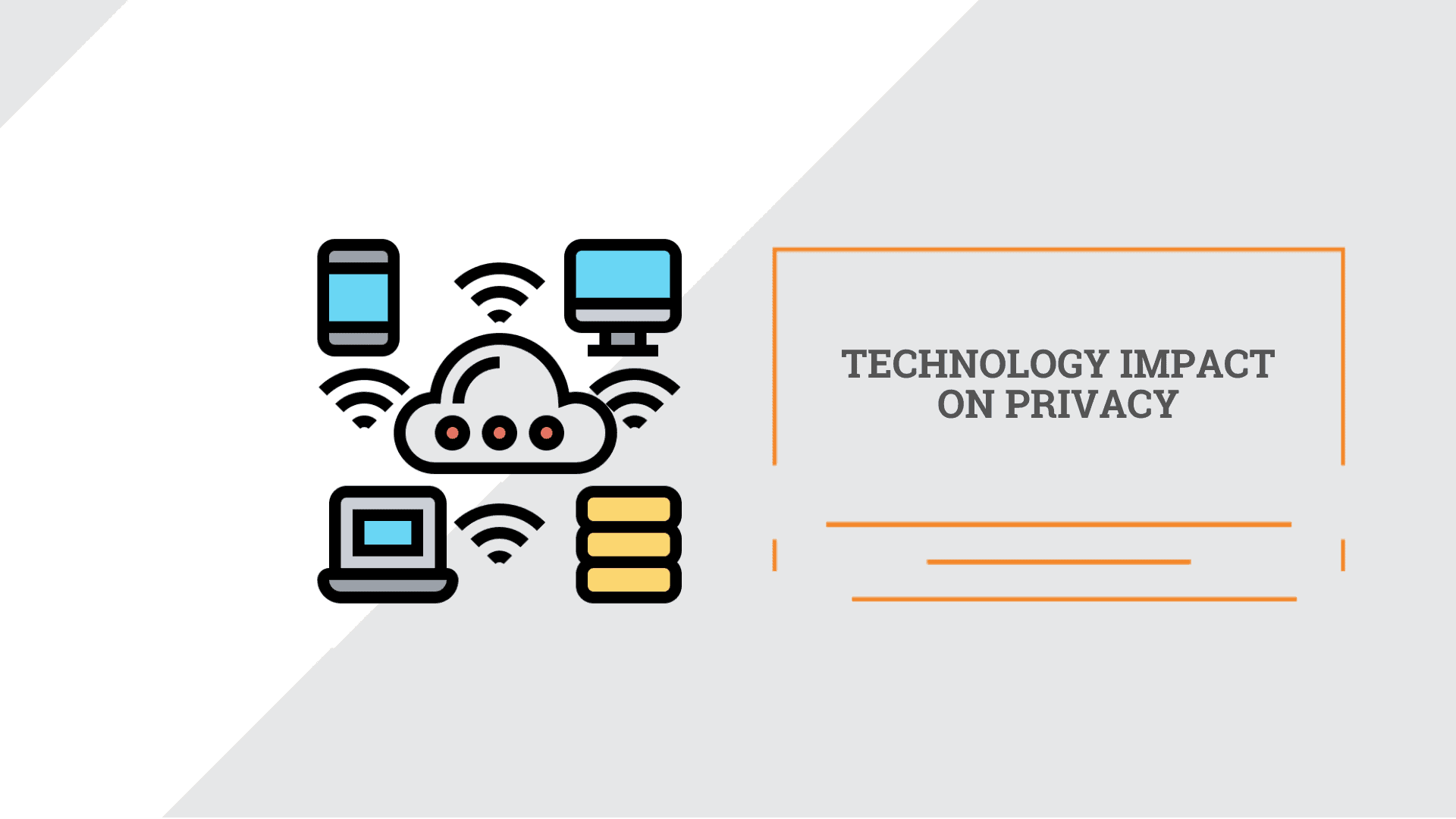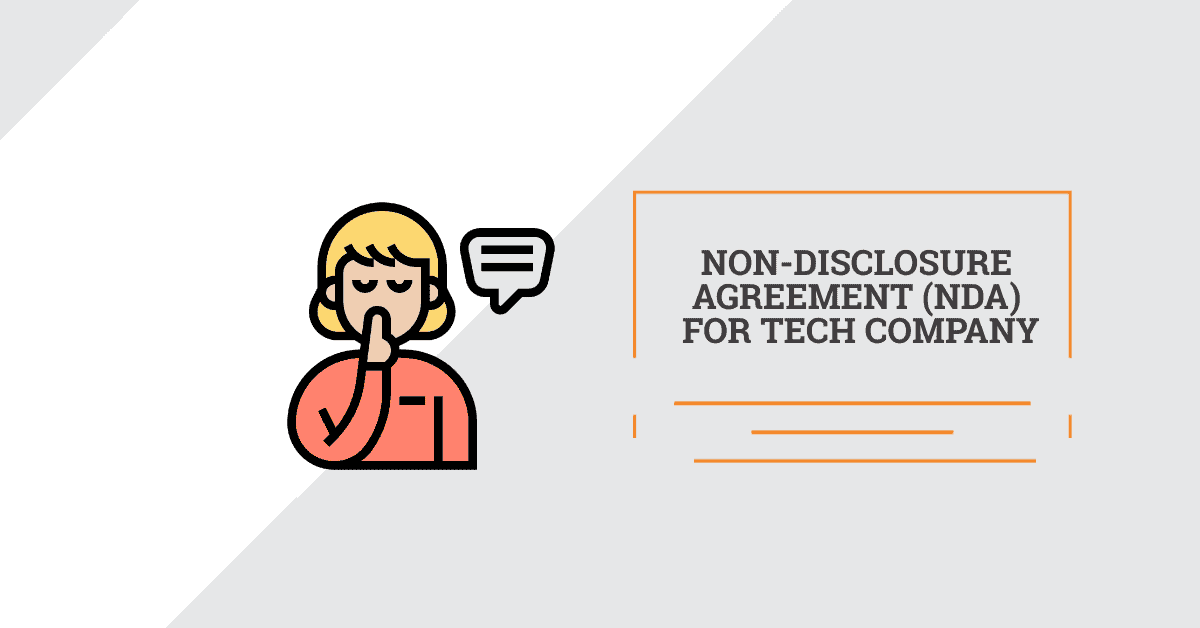Blog of IT lawyers from Kyiv
Discover our expert opinions and insights on strategy, culture, legal trends, and innovation and learn how to apply them to your business success.
Categories


Articles

Intellectual property
SEO Agreement: optimization Settlement

Intellectual property
Guidelines 01/2022 on data subject rights — Right of access

Intellectual property
GDPR and Internet of Things (IoT)
Categories

Data privacy compliance
Employee monitoring: what employers should consider


Intellectual property
Service level agreement (SLA) – 5 key points

Intellectual property
Technology impact on privacy

Intellectual property
Non-disclosure agreement (NDA) for tech company

Data privacy compliance
GDPR compliance and GDPR implementation: what is the algorithm?

